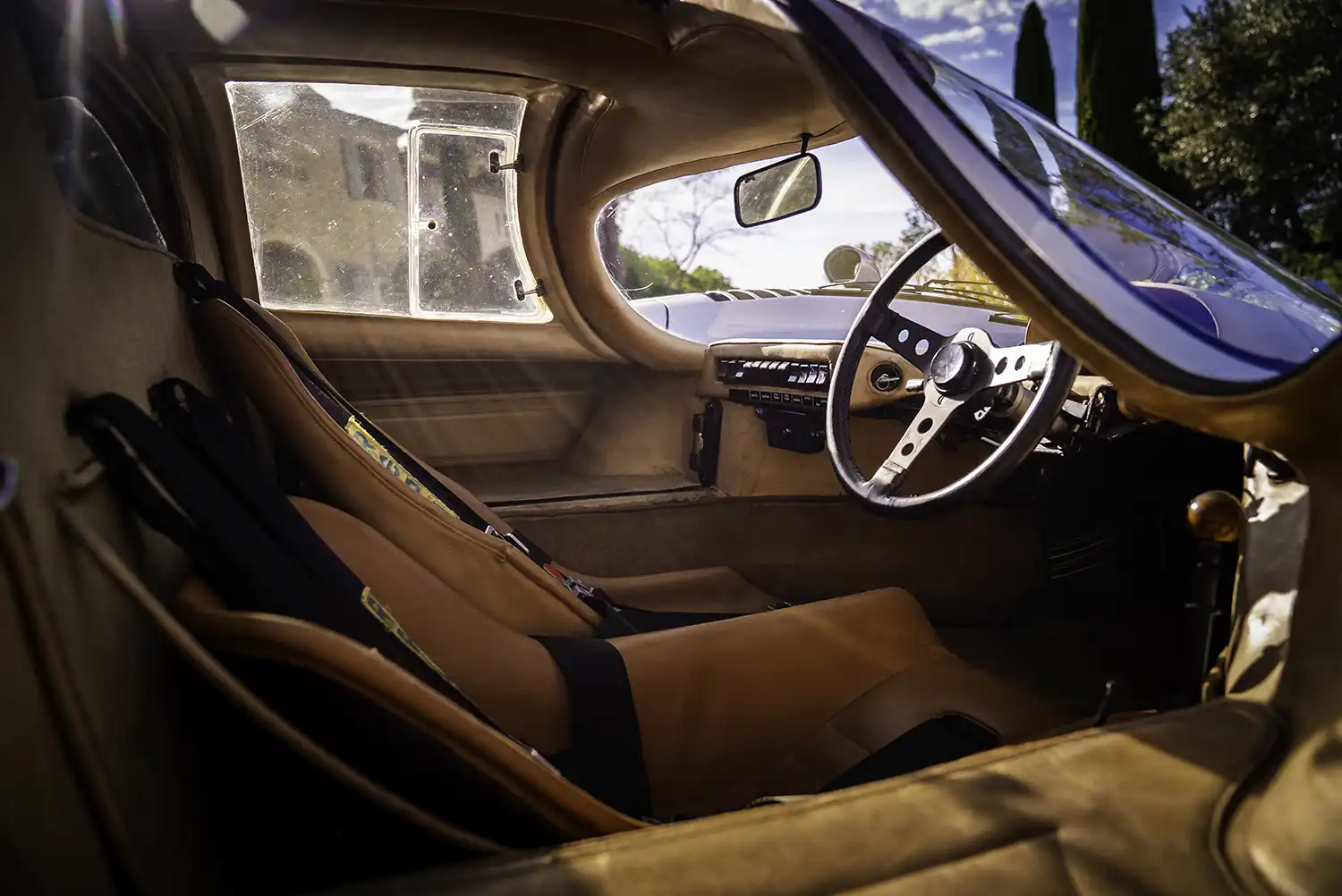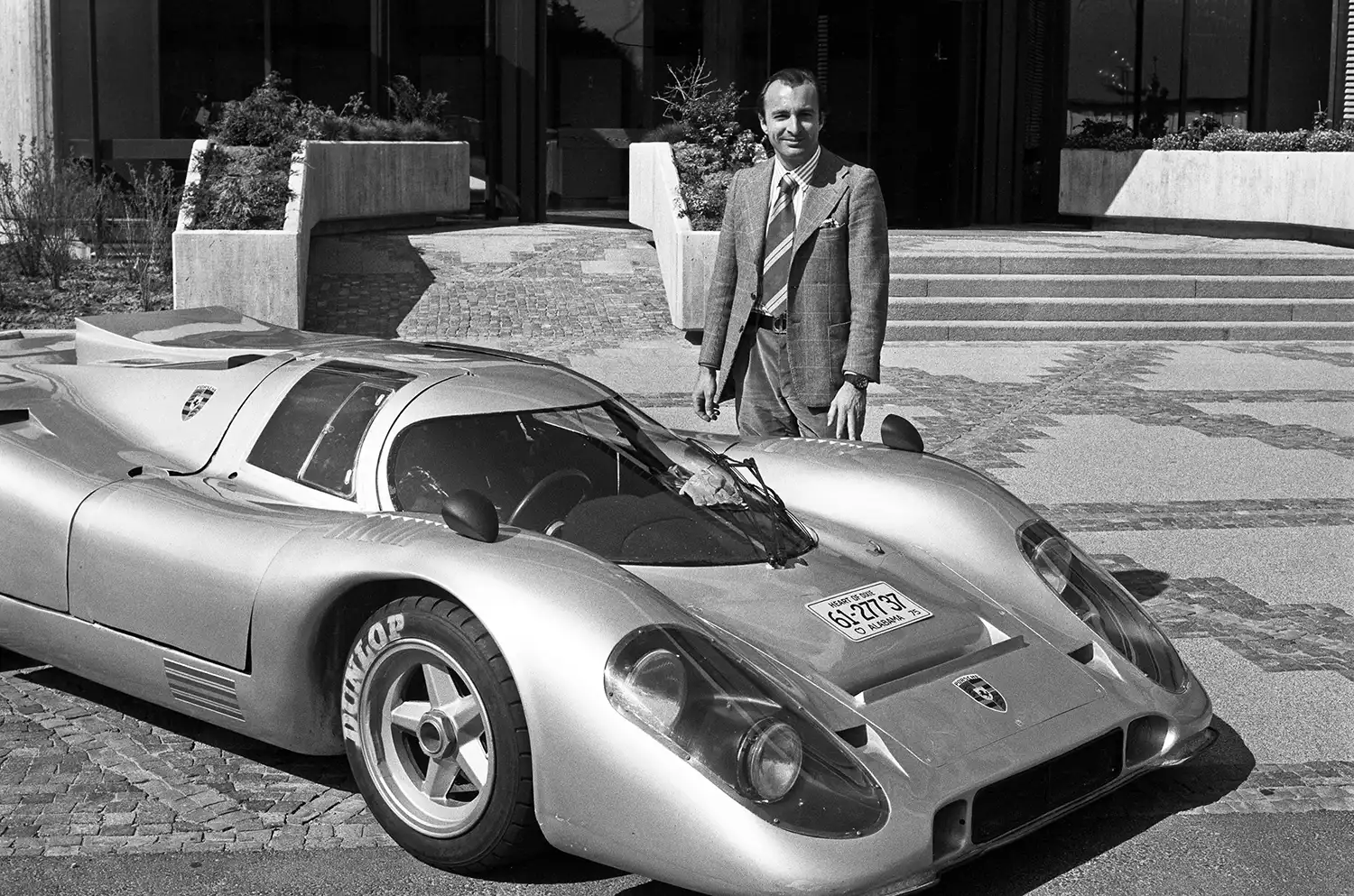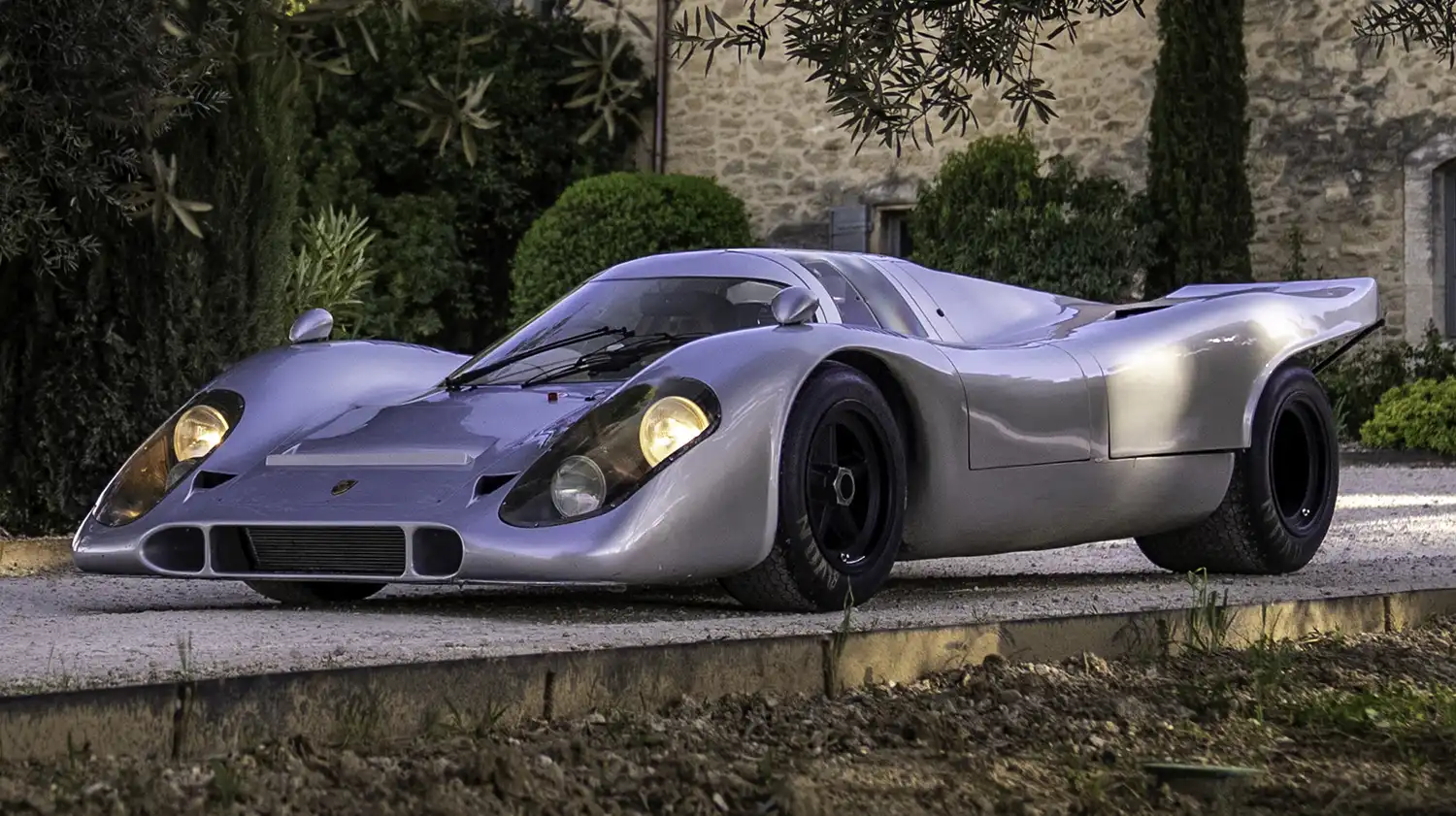
The Porsche 917 stands as one of the most iconic and dominant race cars in the history of motorsport, particularly renowned for its performances in the World Sportscar Championship and the 24 Hours of Le Mans in the late 1960s and early 1970s. While conceived and engineered purely for the racetrack, a singular event in April 1975 marked an extraordinary deviation from its intended purpose. A one-off Porsche 917 race car, chassis number 30, departed Porsche’s development center in Weissach not for a circuit, but for public roads, embarking on an unprecedented adventure. This audacious endeavor was fueled by the passion of its private owner, Italian businessman and Martini heir Gregorio Rossi di Montelera, famously known as “Count Rossi,” and the willingness of a dedicated team within Porsche to fulfill even the most unconventional customer requests. Count Rossi, a man of diverse passions including powerboat racing, bobsledding, and a deep enthusiasm for Porsche, envisioned the unthinkable: a road-legal Porsche 917.
The specific car, 917 chassis 30, had a distinguished racing pedigree, embodying the array of aerodynamic and mechanical advancements that defined endurance racing during its era. To transform this formidable racer into a vehicle suitable for public roads, a series of modifications were essential. Some of these alterations were mandated by the legal requirements of the time, while others were specific requests made by Count Rossi to enhance the car’s usability and comfort, albeit within the inherently uncompromising nature of a Le Mans prototype.
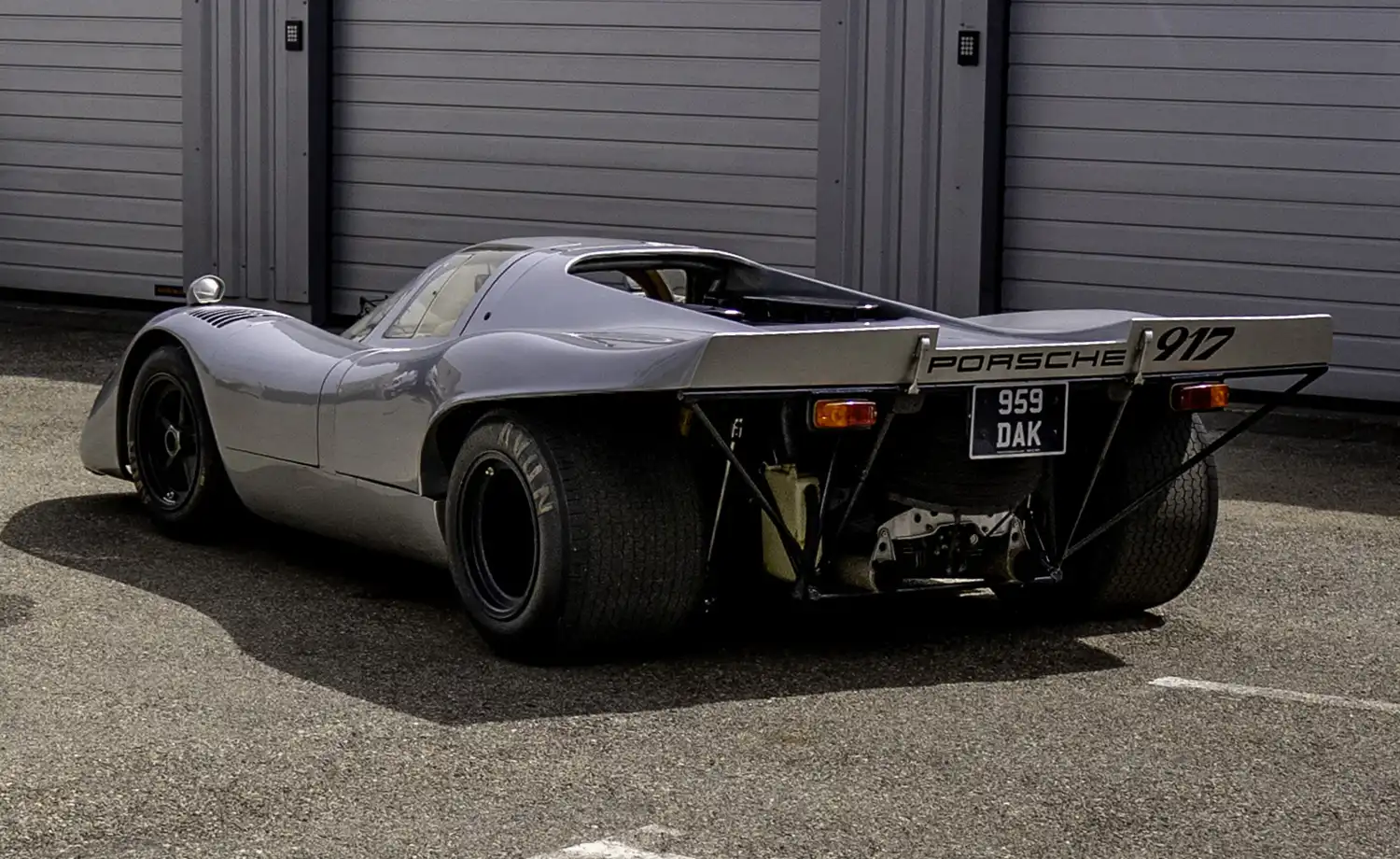
Among the necessary modifications were the installation of rudimentary exhaust mufflers to comply with noise regulations, the addition of external rear-view mirrors for adequate visibility, the inclusion of side indicators for signaling turns, and even the fitting of a horn for auditory warnings. A mandatory spare tire was also ingeniously integrated beneath the car’s distinctive rear clamshell bodywork, a testament to the practical considerations for road use.
Inside the spartan cockpit, designed purely for high-speed competition, subtle concessions were made to improve comfort. The two racing seats, a requirement for endurance events of that period, were re-trimmed in luxurious tan leather, a bespoke commission from the renowned fashion house Hermès. Complementary suede surfaces were applied to the roof lining, doors, and dashboard, adding a touch of refinement to the otherwise functional interior. Interestingly, the gear shifter retained its original wooden finish from its racing days, and even the lightweight, drilled key was preserved, linking its road-going present to its track-focused past. Initially, the car even sported an Alabama license plate, a detail reflecting Count Rossi’s connections.
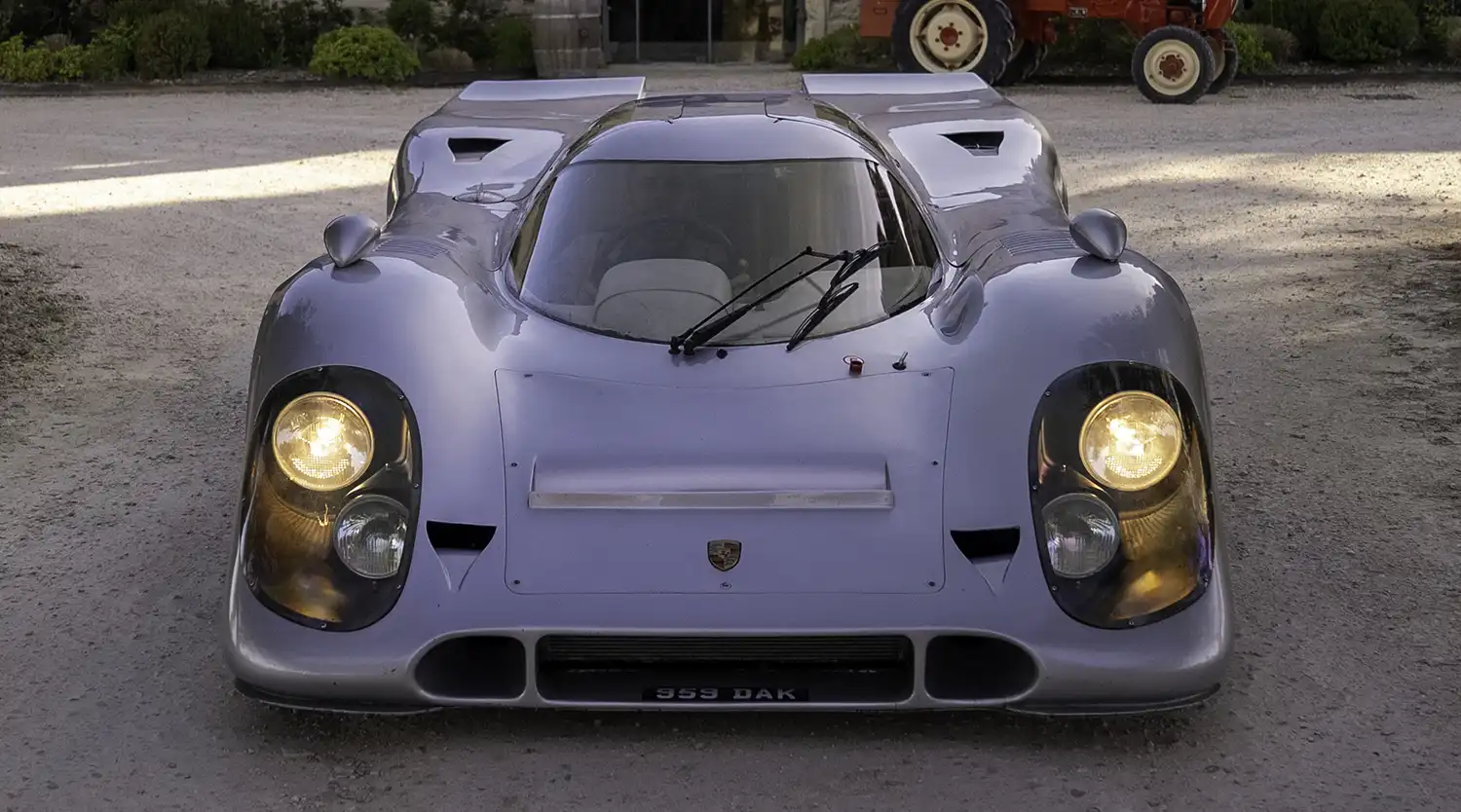
This remarkable Porsche 917, a true testament to a unique vision and engineering ingenuity, continues to be enjoyed by its current owner, a passionate enthusiast, on the open roads of the south of France, where it now resides with a U.K. registration. Despite undergoing recent restoration work to ensure its longevity for the decades to come, the car remarkably retains its original paint and interior, preserving the patina of its extraordinary history.
The story of this road-legal Porsche 917 serves as a powerful reminder of the spirit and dedication within Porsche to cater to the desires of their customers, no matter how extraordinary. Just as its descendants continue to achieve success on the world’s racetracks today, the same innovative and customer-centric ethos that enabled the creation of this road-going 917 half a century ago remains a vital part of the Porsche DNA, constantly prompting the question: what if? This single act of transforming a pure racing machine for the road has not only created a unique automotive legend but also continues to inspire the possibilities of automotive engineering and individual passion.
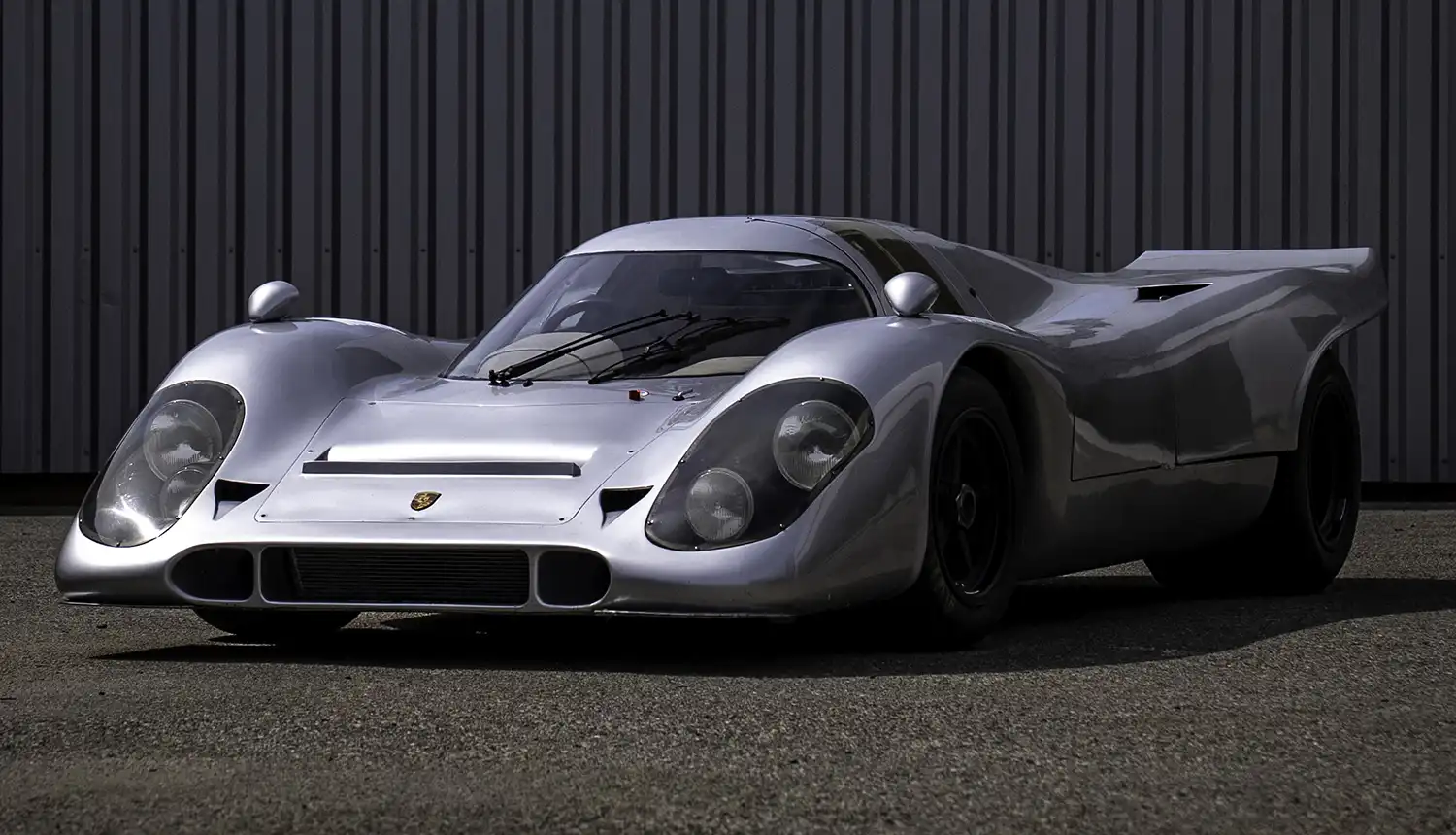
Summary:
- In 1975, a Porsche 917 race car was modified for road use.
- The project was driven by Count Rossi and a Porsche team.
- Modifications included mufflers, mirrors, indicators, and a horn.
- The interior featured tan leather seats by Hermès and suede trim.
- The car was initially registered in Alabama and later in the U.K.
- It retains its original paint and interior after recent restoration.
- This one-off 917 embodies Porsche’s commitment to customer wishes.
- The car continues to be driven on public roads in France.
Disclaimer: Modifying race cars for road use involves significant alterations and may not comply with all regulations. This article describes a unique historical instance and should not be interpreted as a general endorsement of such modifications.
Source: Porsche
AI Assistance: Gemini
